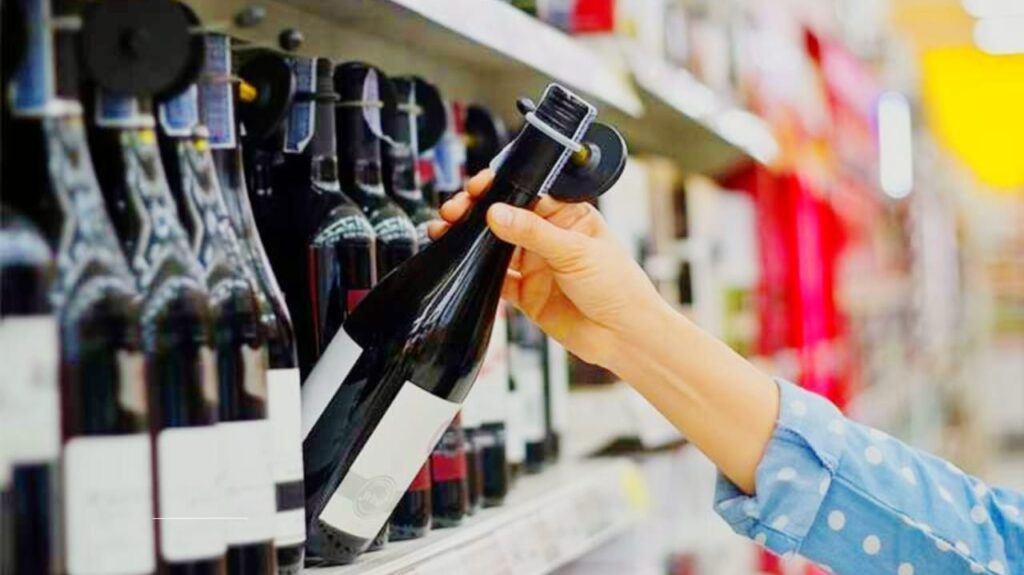
The World Health Organization (WHO) has sparked a global conversation by urging governments to require cancer warning labels on alcoholic beverages. This bold recommendation, reminiscent of tobacco packaging regulations, aims to confront public misconceptions about the safety of alcohol consumption. While health experts applaud the move, the alcohol industry has pushed back, arguing that such labels oversimplify complex health risks. Let’s unpack the science, stakeholders, and stakes behind this debate.
Alcohol and Cancer: The Overlooked Connection
For decades, alcohol’s health risks were framed around liver disease or addiction. But mounting evidence links even moderate drinking to cancer—a fact many consumers overlook. In 2020, alcohol contributed to 740,000 new cancer cases globally, according to a study in The Lancet Oncology. Cancers of the breast, liver, esophagus, and colon are most strongly tied to alcohol, with risk rising alongside consumption levels.
The WHO’s push builds on a 1988 classification by the International Agency for Research on Cancer (IARC), which labeled alcohol a Group 1 carcinogen—the highest risk tier, shared with asbestos and tobacco. Yet public awareness lags. A 2021 survey by the American Institute for Cancer Research found that only 39% of adults recognized alcohol as a cancer risk.
“People deserve clear information to make informed choices,” says Dr. Carina Ferreira-Borges, WHO Europe’s Regional Advisor on Alcohol. “If a product increases your cancer risk, that should be stated plainly—not buried in fine print.”
The WHO’s Proposal: How Would Warning Labels Work?
The WHO’s guidelines suggest labels could include:
- Explicit warnings (e.g., “Alcohol causes cancer”)
- Graphic images depicting alcohol-related health harm
- Standard drink information to clarify consumption limits
These labels would appear on bottles, cans, and advertisements. Canada and Ireland have already adopted similar measures. Ireland’s 2023 law mandates labels stating: “There is a direct link between alcohol and fatal cancers.”
Critics argue such warnings oversimplify. “Cancer risk depends on genetics, lifestyle, and consumption patterns,” says a spokesperson for a major beer manufacturer. “Blanket warnings could mislead consumers.”
Industry Resistance: A Playbook from Big Tobacco?
The alcohol industry’s response echoes tactics once used by tobacco companies, including:
- Funding research that highlights potential benefits of moderate drinking (e.g., heart health claims).
- Lobbying against regulations by emphasizing economic impacts, like job losses in hospitality.
- Promoting voluntary initiatives, such as “Drink Responsibly” campaigns, which critics call vague.
A 2023 report by the Global Alcohol Policy Alliance found that 70% of alcohol producers worldwide oppose mandatory warning labels. Industry groups like Spirits Europe argue labels should instead direct consumers to educational websites—a move health advocates dismiss as ineffective.
“Self-regulation doesn’t work,” says Professor Tim Stockwell of Canada’s University of Victoria. “The industry’s ‘responsible drinking’ messages are designed to protect profits, not public health.”
Case Studies: Do Warning Labels Change Behavior?
Early evidence from countries with alcohol warnings suggests mixed results:
- Canada: Since 2017, labels have linked alcohol to breast and colon cancer. A 2022 study in Addiction found 10% of drinkers reduced consumption due to labels, while 40% reported increased awareness.
- South Korea: Graphic warnings introduced in 2016 led to a 15% drop in alcohol sales within two years, per government data.
- France: A 2007 “zero alcohol during pregnancy” label contributed to a 50% decline in prenatal drinking, reports the French Public Health Agency.
However, labels alone aren’t a silver bullet. “They work best alongside taxes, advertising bans, and education,” explains Dr. Sheila Gilheany of Alcohol Action Ireland.
Public Health vs. Cultural Norms
Alcohol’s role in social rituals—from toasts at weddings to beer at sports events—complicates messaging. In the EU, where 8.4% of adults drink daily, campaigns face cultural headwinds. Even health-conscious drinkers often underestimate risks.
“We’ve normalized alcohol in ways we’d never accept for cigarettes,” says Dr. Fadi El-Jardali of the American University of Beirut. “A glass of wine feels harmless, but the data tells a different story.”
The Road Ahead: Balancing Transparency and Trade
The WHO’s guidelines aren’t legally binding, leaving adoption up to individual nations. Low-income countries, where alcohol consumption is rising fastest, often lack resources to enforce labeling laws. Meanwhile, trade agreements may challenge regulations; in 2022, Mexico sued South Africa over wine import rules, claiming health warnings were “trade barriers.”
Still, advocates remain hopeful. Australia and the UK are debating label mandates, and the EU is revising its alcohol strategy. “This is a watershed moment,” says Dr. Ferreira-Borges. “We have a chance to prevent countless cancers—if we prioritize people over politics.”
